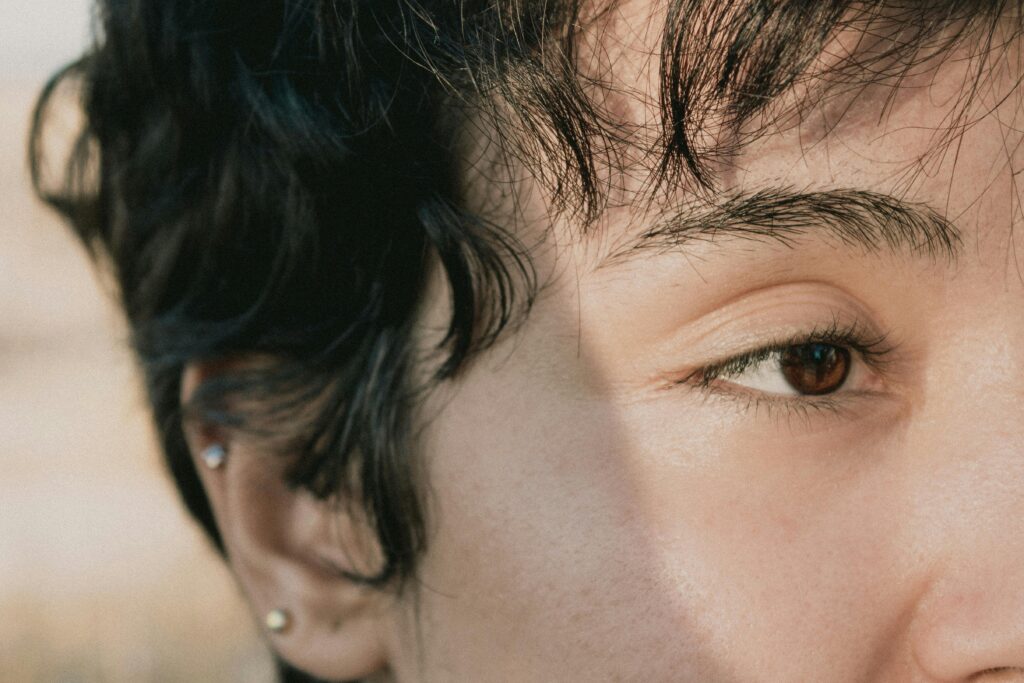A fresh piercing is more than just a fashion statement—it’s a commitment to care and healing. Whether it’s your first piercing or your tenth, proper aftercare is crucial in preventing infections, irritation, and prolonged healing times. But with so much conflicting advice out there, how do you know what’s best? In this guide, we’ll break down the essential do’s and don’ts of piercing aftercare so you can keep your new adornment looking great while ensuring a smooth healing process.
The Do’s of Piercing Aftercare
1. Eat Before the Session
Make sure to eat a proper meal before your piercing session to prevent dizziness or fainting. Having stable blood sugar levels will help you stay comfortable during the process.
2. Keep It Clean (But Gently!)
One of the most important steps in aftercare is keeping your piercing clean. Use a saline solution (a mixture of sterile water and non-iodized sea salt) to cleanse the area at least twice a day. Beware of fake saline solutions found on online shops. To ensure safety, you can avail a trusted saline solution on our website. Avoid harsh chemicals like alcohol or hydrogen peroxide, as they can be too strong and hinder healing.
3. Wash Your Hands Before Touching
Always wash your hands thoroughly with soap and water before touching your piercing. Bacteria from unwashed hands can introduce infections and cause unnecessary complications.
4. Be Patient
Healing takes time, and the duration varies depending on the location of your piercing. Ear and nose piercings may take a few months, while cartilage or navel piercings can take up to a year. Follow your piercer’s guidelines and give your body the time it needs to heal properly.
5. Stick to Recommended Jewelry
Your piercer likely recommended a high-quality metal like titanium, surgical steel, or gold. Stick to these materials to avoid allergic reactions or irritation. If you want to change your jewelry, wait until the piercing has fully healed before swapping it out.
6. Monitor for Signs of Infection
Some redness and swelling are normal, but excessive pain, pus, or a persistent warm feeling could indicate an infection. If you notice these symptoms, contact your piercer or a medical professional promptly.
7. Sleep for a Complete 8 Hours
A good night’s sleep is essential for proper healing. Make sure to get a full 8 hours of rest so your body can repair itself efficiently.
The Don’ts of Piercing Aftercare
1. Don’t Touch or Twist the Jewelry Excessively
While it might be tempting to play with your new piercing, avoid touching or twisting the jewelry unnecessarily. This can cause irritation, prolong healing, and introduce bacteria into the wound.
2. Don’t Remove the Jewelry Too Soon
Even if your piercing looks healed on the surface, the inner tissue may still be mending. Removing jewelry too early can cause the hole to close or develop complications. Always wait for the recommended healing period before making any changes.
3. Don’t Use Harsh Chemicals
Alcohol, hydrogen peroxide, and antibacterial ointments can do more harm than good. They can dry out the skin and delay healing. Stick to saline solutions or piercing-safe cleansers.
4. Don’t Sleep on Your Piercing
For fresh piercings, avoid sleeping on the affected side. Pressure and friction from pillows can cause swelling and even lead to the formation of bumps or keloids.
5. Don’t Swim in Public Pools, Hot Tubs, or Lakes
Submerging your piercing in water—especially in pools, hot tubs, and natural bodies of water—can introduce bacteria and increase the risk of infection. If swimming is unavoidable, cover the piercing with a waterproof bandage.
6. Don’t Drink Alcohol After the Piercing Session
Avoid consuming alcohol immediately after your piercing session. Alcohol can thin the blood, increase swelling, and slow down the healing process.
Conclusion
Taking care of a new piercing requires dedication, but with the right approach, you can ensure a healthy healing process and enjoy your new body art without complications. Follow these do’s and don’ts, listen to your body, and when in doubt, consult your piercer for expert advice. Remember, patience and proper care are the keys to healing right!

